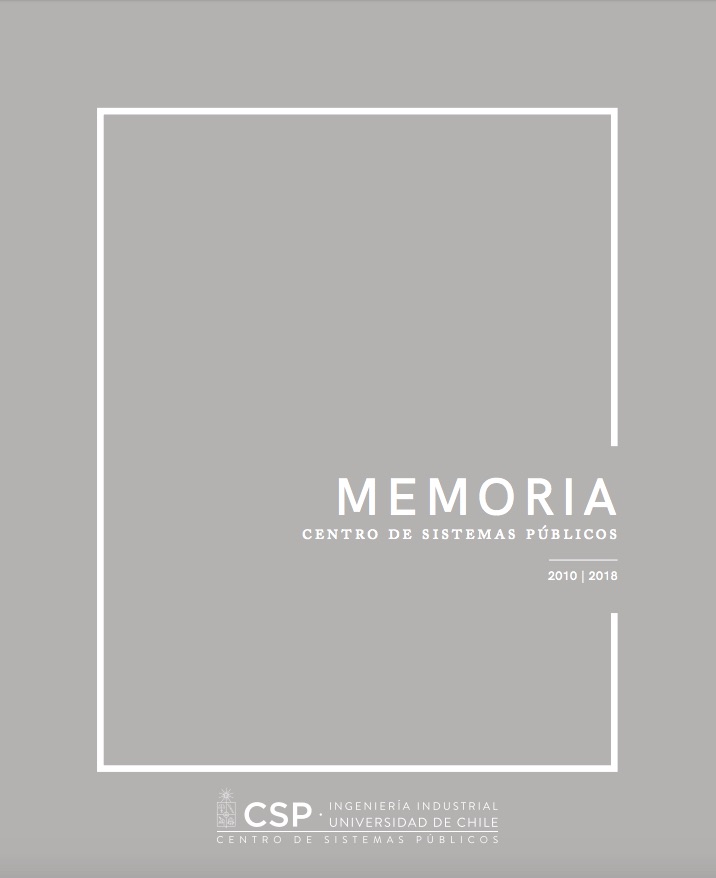Ciclo seminarios CEA – MIPP
El Centro de Economía Aplicada (CEA) y el Instituto Milenio para la Investigación en Imperfecciones de Mercado y Políticas Públicas de la Universidad de Chile tienen el agrado de invitarle a su ciclo de seminarios programados para el segundo semestre año 2015.
Invitado: Jorge Vásquez, University of Wisconsin at Madison – Department of Economics
Presentación del trabajo “Crime and Vigilance”, en coautoría con Lones Smith
Abstract
This paper develops a novel equilibrium theory of property crime. A population of potential victims elects how much costly vigilance to exert to guard their property, while a population of potential criminals chooses whether to engage in crime, and if so, how much, and what caliber of offenses to attempt. Crimes arise from random encounters of criminals and potential victims. The deterrence rate — namely, the failure chance of an attempted crime — rises in vigilance and falls in caliber. It acts as a market-clearing price in the unique equilibrium, equilibrating actions of all agents.
Our model predicts how changes in the values of goods to criminal or owner, legal punishment, the technology of theft, or vigilance, or policing affect seven observables: the crime rate, attempted crime rate, deterrence rate, criminal entry rates, offenses per criminal, criminal caliber, and victims’ vigilance expenses. Most predictions are new, and make sense of a wide array of empirical work. Many are also contrary to intuitive decision theory predictions of criminal or victim behavior, due to equilibrium feedback effects. For instance, we contradict two key theoretical predictions in Becker (1968) — e.g., he claimed that more severe punishment lowers the criminal offenses, but we find instead that it crowds out vigilance, and thereby raises offenses for all criminals.
Aside from positive predictions, our paper offers the first analysis of the social costs of crime in a graphical framework. We find that crime is a classic case of the “Tullock Paradox” — total social costs are strictly less than the potential transfers. The reason is the randomness of crime, diminishing returns to vigilance, and criminal heterogeneity.
Finally, a gentle twist on our model yields the first theoretical equilibrium analysis of the positive spillovers of unobservable vigilance,found in Ayres and Levitt (1998).



